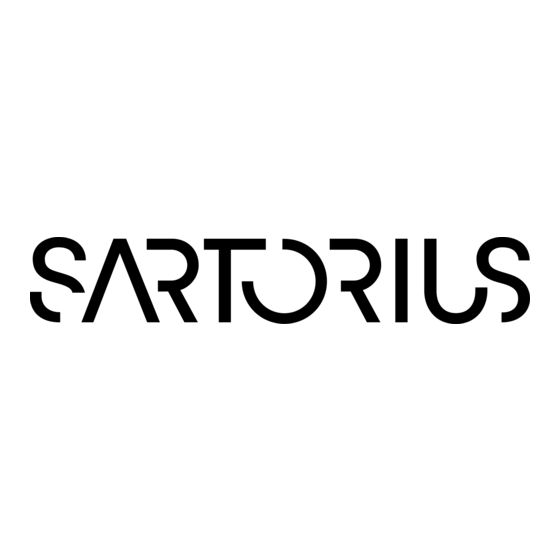

Sartorius Cubis MCA2.7S Operating Instructions Manual
Microbalances
Hide thumbs
Also See for Cubis MCA2.7S:
- Operating instructions manual (83 pages) ,
- Operating instructions manual (92 pages)













Need help?
Do you have a question about the Cubis MCA2.7S and is the answer not in the manual?
Questions and answers